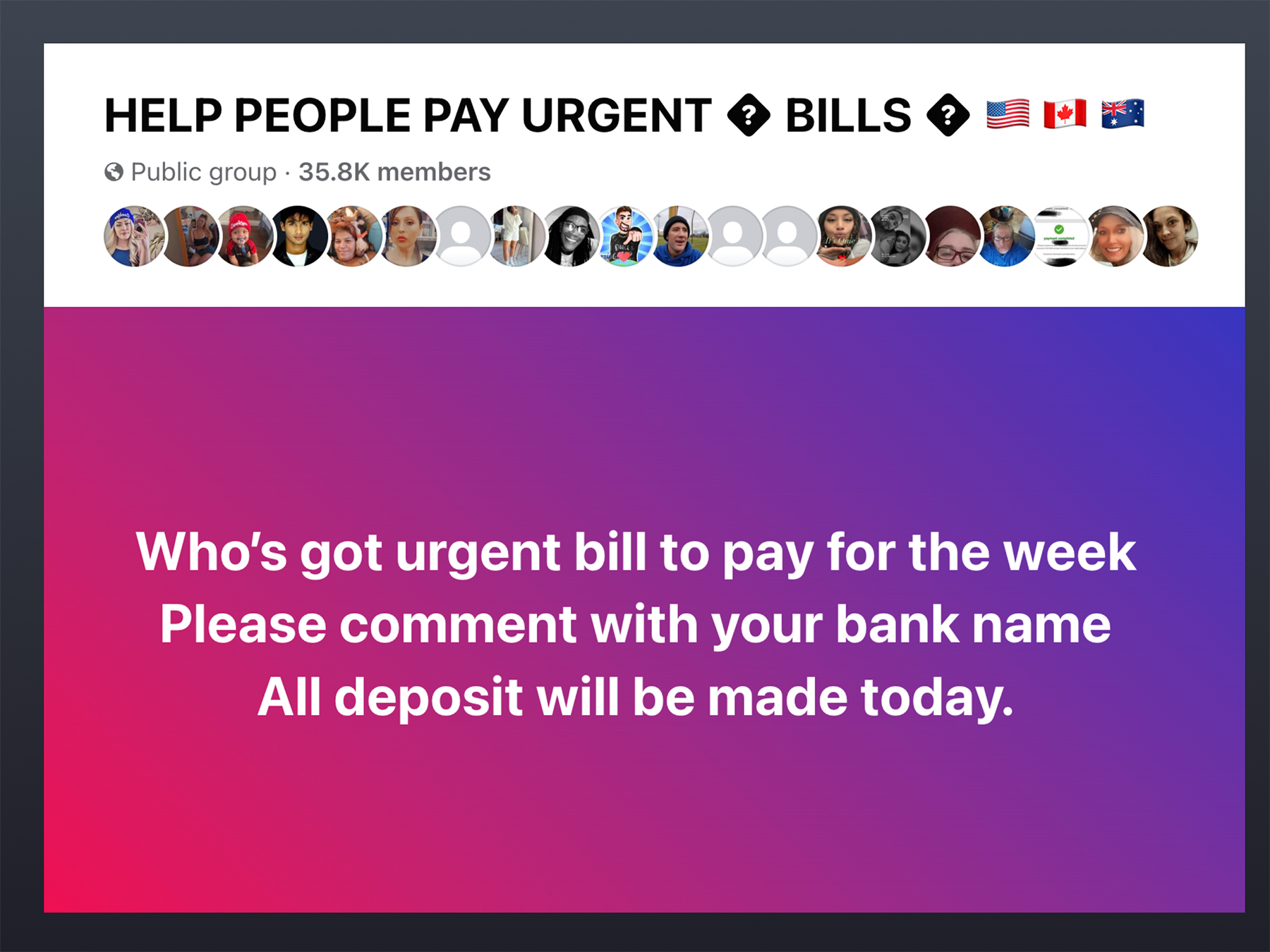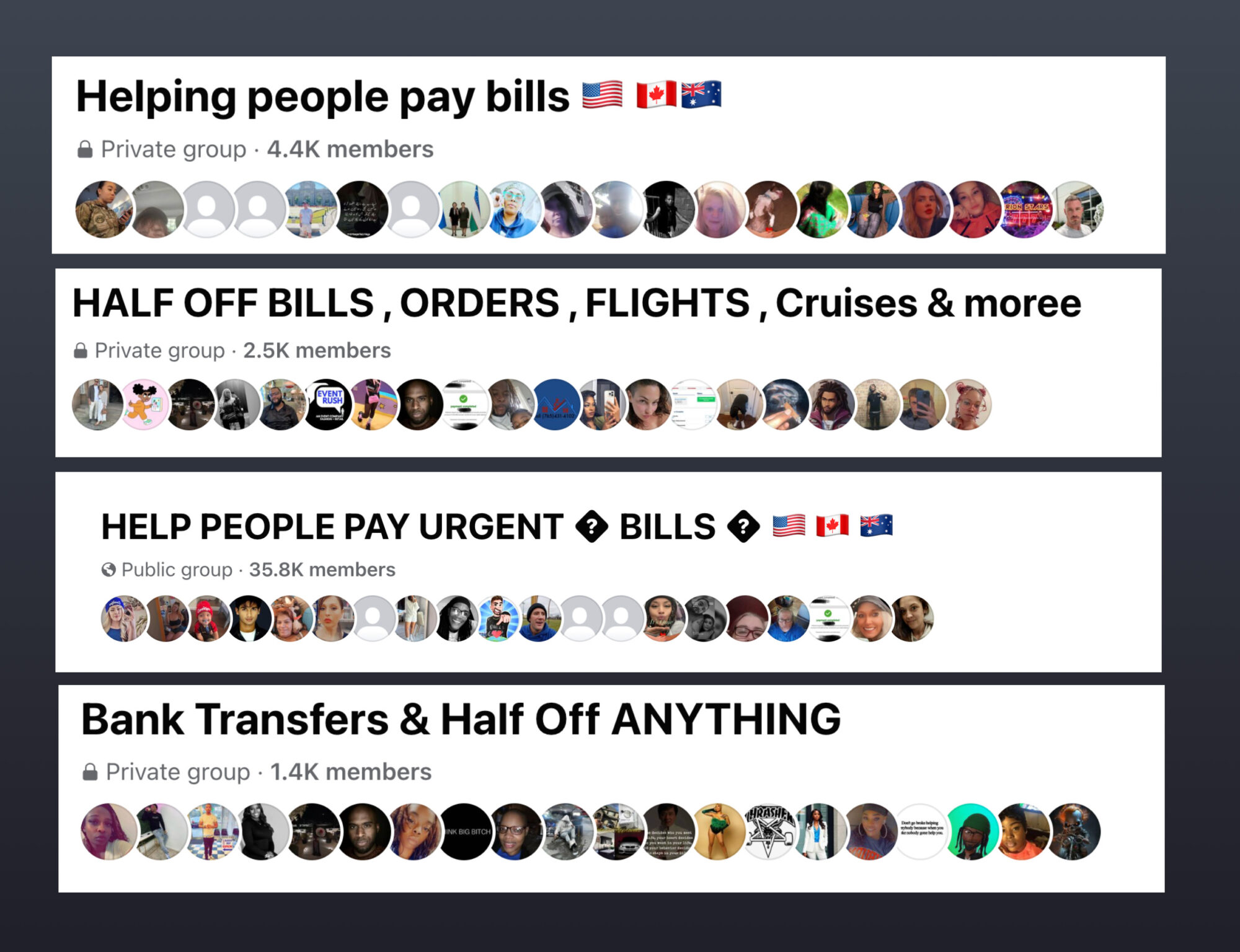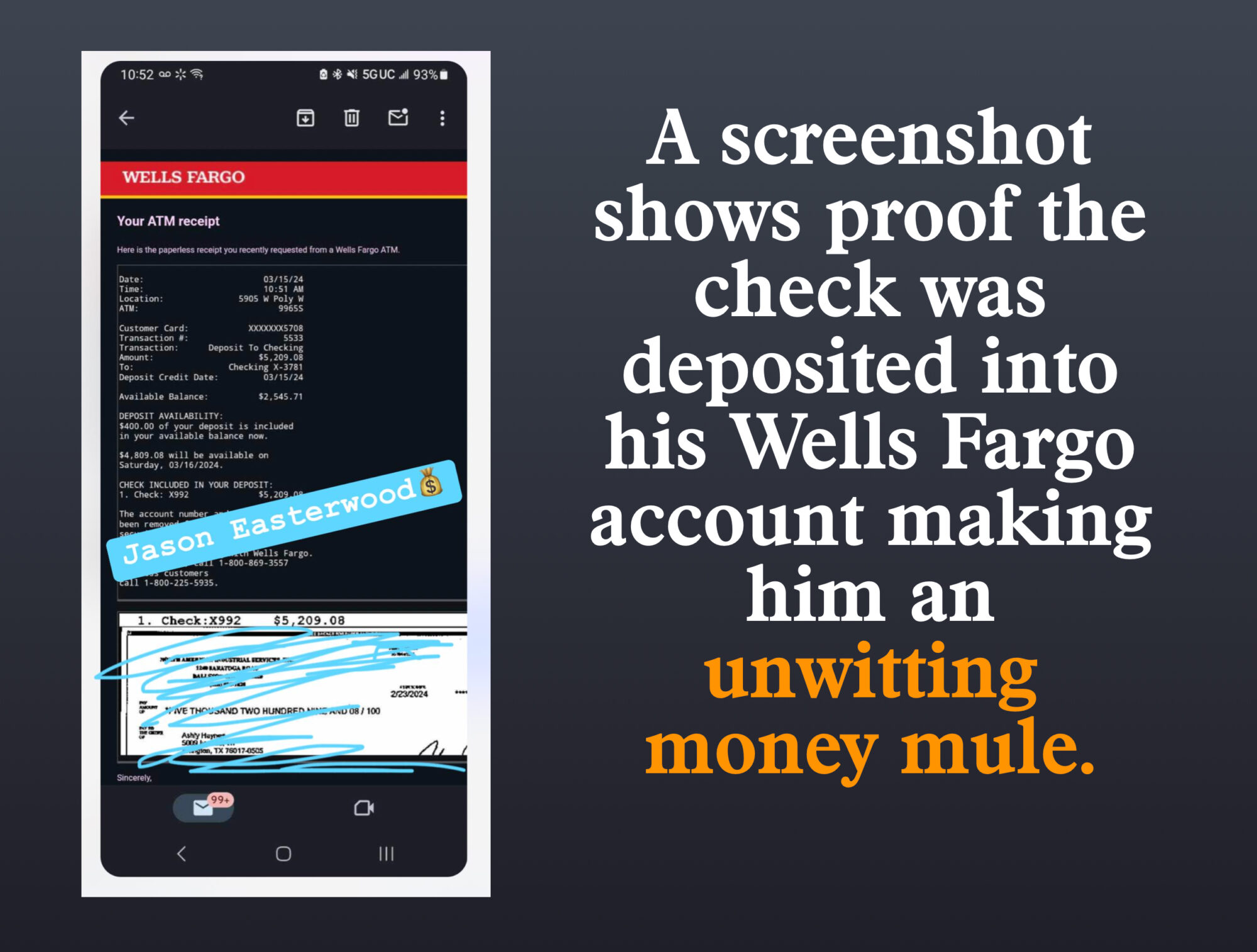Charles Wangler, a 45-year-old father of three, found himself in dire straits when he lost his job as a parts assembler in 2023. By early 2024, his savings had dwindled, and he could simply not afford life’s essentials, like his gas and electric bills.
Charles grew increasingly desperate to find a way to keep his family afloat. That’s when he stumbled upon a trove of Facebook groups of BillPay “Saviors”— kind people who offered to pay the overdue bills of people in hardship.

Charles thought his prayers had been answered.
He knew there were good people in the world, so he sent a direct message to one of the “Saviors” who had advertised to help. – “I need $500. Can you help me so I can pay my gas and electric bill?”
He crossed his fingers and waited.
From Bad To Worse
Within minutes, the BillPay savior he had reached out to replied to him. “Of course, I can help you. You can send me your bank account details so I can deposit the money into your account or pay the company directly. You only need to pay me $100, God Bless you”

Charles sent him his electric bill details so the good Samaritan could pay the electric company directly. And the Samaritan certainly delivered. Within minutes, he had proof that his electric bill had been paid, so he quickly sent a CashApp payment for $100.
But, a few days later, Charles received an alarming notice from the electric company that his payment was being reversed, and he was being referred to the fraud department for investigation. The BillPay savior was not a good Samaritan but a scammer who had used a stolen credit card to make the payment.
And now the electric company was ready to turn his power off and investigate him for fraud.

“You’re Prayers Are About To Be Answered”
Charles Wrangler had fallen for the BillPay savior scam that has been popping up all over Facebook, Instagram, and Telegram.
Fraudsters are using new methods to turn their stolen cards and bank accounts into gold. And they’re finding easy and desperate targets on Facebook who need their help.
They are wolves in sheep’s clothing. They pretend to be good Samaritans, but they steal from the poorest and people who need it most.

How The Scheme Works
The BillPay scheme works the same as any advance fee scheme. It involves four steps;
Fraudsters open up Facebook groups
The fraudsters create Facebook groups with names like “Help you pay your bills.” These groups attract thousands of desperate people who are looking for help.

They advertise that they will pay anything for victims for a small fee
They post advertisements to pay for anything like auto payments, rent, and utility bills. They even offer to buy cruises and airline tickets – all for a small upfront fee.

The victims send the money, and the fraudster pays the bill with stolen funds
The desperate victims provide their bank accounts and other information to the scammer, who, once the bill has been paid (or sometimes before), sends the fee for the service.
The payment is reversed, leaving the victim worse off than before.
Within days, the payment is reversed, and in some cases, the victim is accused of fraud – sometimes resulting in an arrest.

In the end, the saviors are the worst kind of scammers and fraudsters – preying upon the most vulnerable people who need help.
Good People Doing Bad Things – A First-Party Fraud Bonanza
The problem of “BillPay Saviors” is a severe first-party fraud problem. And it’s only growing daily as these scammers build empires on Facebook and ensnare more people. Some of these Facebook groups have over 35,000 members and growing.
The impact can only be measured by the massive increases in credit card fraud, bank muling, and scam losses.
For the most part, victims are good people doing bad things. They unwittingly find themselves as “unintended fraudsters” or “money mules”.

And that is precisely the problem. The victim is the fraudster and the one left dealing with the ramifications while the real fraudsters running amok on Facebook get away with their crimes.
But you know what I think is the biggest crime of all though? ? Facebook’s abject failure to lift a finger to solve the problem.



